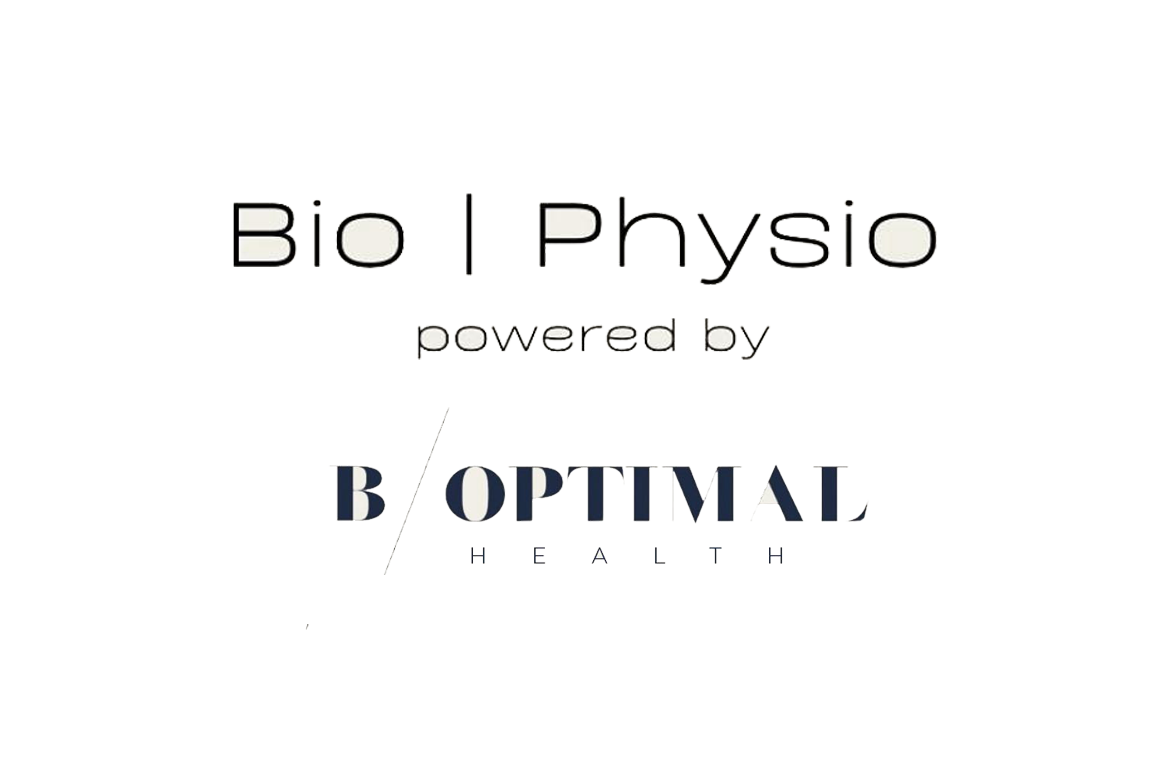Emotional imbalance. Reconnecting Body Mind
Free body-free mind
This protocol is designed to approach the body not only from a physical perspective but as a unified system that holds emotional traumas, panic attacks, anxiety or body mind disconnection. It integrates emotional trauma work, body awareness (interoception), and nervous system regulation with the goal of restoring the patient’s body mind harmony.
Program Objectives
Restore body–mind communication.
Regulate the autonomic nervous system (especially the gut brain axis via vagus nerve).
Interoceptive Deep body awareness as a tool for self-regulation.
Release somatic patterns linked to past trauma.
Changes in eating habits (focusing on anti-inflammatory foods), adding the right supplements, and improving sleep routines.
Protocol Treatment:
Integrative Initial Assessment
Exploration of physical, emotional, and psychosomatic history. Includes assessments of dissociation, chronic stress levels, vagal tone, and body perception.
Activation of Body Awareness through manual sensoy techniques and lymphatic drainage.
Through conscious breathing, body scanning, and somatic exercises, patients begin to perceive and name internal sensations.
Somatoemotional Work and Tension Release (vagus nerve and parasympathetic nervous system stimulatio)
Using gentle manual techniques (skin touch, cranio-visceral techniquesl) and therapeutic movement approaches (neurofunctional movement), emotional loads stored in the body are facilitated and released.
Interoceptive Training:
Patients are guided to identify trigger somatic internal signals (hunger, tension, heartbeat, temperature, breath, movement needs) to reconnect with their body’s inner language.
Nervous System Regulation:
Techniques such as vagal stimulation, sensory skin stimulation and abdominal techniques to restore balance between the sympathetic and parasympathetic systems.
Daily life Integration Strategies:
Strategies to help individuals build a daily sense of connection between body and mind, by learning to recognize their emotions through physical sensations
Eating strategies to boost gut diversity, calm brain inflammation, and help you feel better emotionally. Strategies to improve sleep quality and circadian rhythms, helping activate the parasympathetic pathway.
Who is this protocol for?:
Chronic or recurrent pain without a clear medical cause.
Psychosomatic symptoms.
History of emotional trauma, PTSD, or body dissociation.
Chronic fatigue, insomnia, anxiety, or emotional blockage.
By the end of this program, you should feel more in tune with your body, less stiff, and more confident in your movements. Remember, the journey to overcoming body self-consciousness and stiffness is ongoing. Continue practicing these techniques and be kind to yourself as you progress. Celebrate your successes and be patient with any setbacks. You’ve got this!


